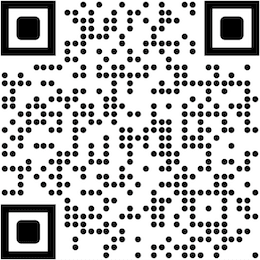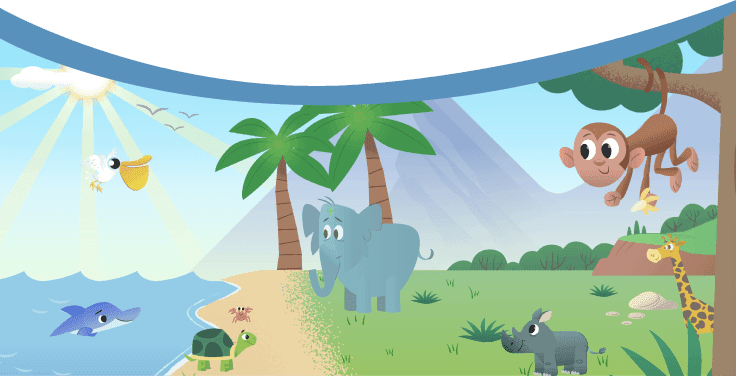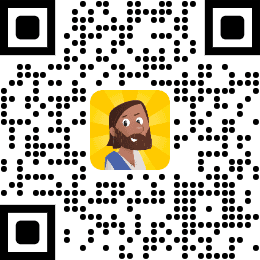The characteristics of this Bible: 1. The base texts of the Sediq Bible include the Hebrew, Greek, Chinese and Japanese Bibles. If there’s any major difference among them, readings closer to the Hebrew and Greek Bibles are adopted. 2. Proper names in the Bible are directly translated from Hebrew and Greek. The terms which have appeared in the Old Testament will be followed in the New Testament. To preserve the Hebraic forms of proper names, "Egypt", for example, is translated as “Micrayim”, "Mark" as “Markos”, and "Jeremiah" as “Yirmeyah”. Some personal names would have more than one form, such as "Obadiah" has “Obadyah” and “Obadyahu”; "Maaseiah" has “Maaseyah” and “Maaseyahu”. 3. Translating the “sacred” terminology poses a challenge to the Sediq team. After longtime discussion, it is concluded that the word “Mrtaso”, which means pure, clean, and immaculate, is used to convey the meaning of holiness and sacredness. 4. The divine name YHWH is translated as "Utux Tmninun"- “God of Weaving”, which is the closest to the Sediq culture, indicating that it is this God who weaves and gives lives to the Sediq people. 5. To encourage younger generations to learn and to pass on their mother tongue, the Sediq text is printed in parallel with the text of the CU2010. We thank God for blessing and leading many gifted servants to translate and publish the Sediq Bible, so that we can use our mother-tongue to share the Good News of Jesus Christ. This is a wonderful testimony of faith for our Sediq descendants. May God bless Sediq. 有關這本聖經翻譯的一些特點: 1. 翻譯的過程裡,參考了日語聖經、華語聖經、希伯來語和希臘文聖經,差異大的我們就選擇接近希伯來聖經和希臘文聖經的譯句。 2. 聖經裡出現的人名、地名、山、海(湖)、河、城鎮名,直接使用希伯來語或希臘語,舊約已經存在的名稱,在新約裡也會沿用。例如:「埃及」用Micrayim,「馬可」用Markos,「耶利米」用Yirmeyah。除此以外,在人名方面,有的名字在字尾會加上「hu」。例如:「俄巴底亞」會稱Obadyah 和 Obadyahu,「瑪西雅」會稱Maaseyah 和 Maaseyahu。 3. 有關「神聖」的詞彙,經過了很久的討論。耆老們的意見不同意使用「Suyang」,因為我們沒有這個詞彙;若是使用「Malu Bale」,其意義只停在「好」的意涵裡。因此,最後使用「Mrtaso」,來表達接近沒有污穢之「神聖」的意義。 4. 有關「耶和華」神的名,一律譯作「Utux Tmninun」(編織之神),最貼近賽德克族的文化,因為對族人來說,編織之神正是編織生命、賜予生命的神。 5. 耆老們主要的用意是希望能夠學習母語,因此,也加入了華語聖經。期待後輩們在閱讀賽德克母語時,也會從賽德克母語聖經有所獲得。 為緬懷耆老們為聖經翻譯的辛勞,我們不要忘記他們的叮嚀:透過母語聖經的研讀,明瞭編織之神的真理,且學習我們自己的賽德克語。 Quri so ppatis nii we, niqan ka so ini pntena na: 1. Ndaan hmedil kari nii ciida we, qmnita kari Nihong, kari Telu, kari Hebrew ma Greek. Ini bale pntena ge bsiyaq hari daun mpprengo kiya di, miging nami so smdalix kari Hebrew ma Greek. 2. Kana so ngayan Sediq, dxeral, dgiyaq, ucilung, yayung ma lualang we asi ta doi kari daha Hebrew, netun so niqan ka kari ga spatis meeniq Smudal Pnsdhegan ge, ida doyun meeniq Bgurah Pnsdhegan uri. Mntena so "埃及" we "Micrayim", "馬可" we "Markos", mi "耶利米" we "Yirmeyah". Quri so ngayan dha uri ge, duma we prnaun dha posa "hu" ka ngayan bukuy. Mntena so "俄巴底亞" we kesun "Obadyah" ma "Obadyahu", "瑪西雅" we kesun "Maaseyah" ma "Maaseyahu" uri. 3. Quri so kari "神聖", bsiyaq bale mpprengo ka quri kari nii. Lnglungan rdrudan we ini sruwa dmuy "Suyang", ado uka ka kari ta so nii. Netun so psaun ta "Malu Bale" ge, gaga thetur "Malu" nanak ka imi na. Kiya di isu brahan posa "Mrtaso" ka imi na quri 神聖nii. Smdalih ini qrutiq ka imi na. 4. Quri so ngayan ''耶和華" Utux ge, wada kesun "Utux Tmninun" kana. Kiya ka pusu bale nklaan ta Sediq, Utux Tmninun we tmninun knuudus ma mege knuudus Sediq. 5. Lhebun rdrudan we so maha smluhe kari ta nanak mesa ge, kiya ka psaun nami ka kari Telu uri. So smepu kari Sediq ciida ka lqlaqi ge, maha niqan slhayan daha peeyah Kari Utux Baro nii. So lmngelung ta knbqerus dha wada smalu Kari Utux Baro nii we, iya bale chungii ka dnurun daha: Spoda ta Kari Utux Baro smluhe ta kari bale Utux Tmninun ma smluhe kari ta nanak Sediq.



